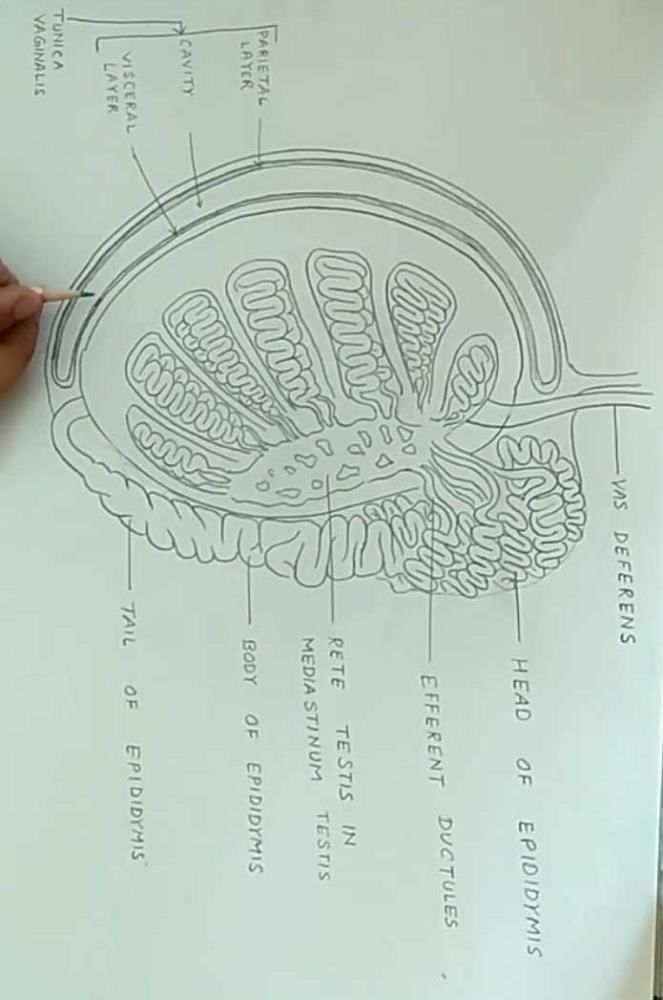Class 12 Exam > Class 12 Questions > Describe the T S of human testis?
Start Learning for Free
Describe the T S of human testis?
Most Upvoted Answer
Describe the T S of human testis?
The testis is externally covered by fibrous connective tissue called Tunica albuginea. It is covered internally by Tunica vasculos which is formed by capillaries. Externally it is covered by the incomplete peritoneal covering called as Tunica vaginalis.
Community Answer
Describe the T S of human testis?


|
Explore Courses for Class 12 exam
|

|
Similar Class 12 Doubts
Describe the T S of human testis?
Question Description
Describe the T S of human testis? for Class 12 2025 is part of Class 12 preparation. The Question and answers have been prepared according to the Class 12 exam syllabus. Information about Describe the T S of human testis? covers all topics & solutions for Class 12 2025 Exam. Find important definitions, questions, meanings, examples, exercises and tests below for Describe the T S of human testis?.
Describe the T S of human testis? for Class 12 2025 is part of Class 12 preparation. The Question and answers have been prepared according to the Class 12 exam syllabus. Information about Describe the T S of human testis? covers all topics & solutions for Class 12 2025 Exam. Find important definitions, questions, meanings, examples, exercises and tests below for Describe the T S of human testis?.
Solutions for Describe the T S of human testis? in English & in Hindi are available as part of our courses for Class 12.
Download more important topics, notes, lectures and mock test series for Class 12 Exam by signing up for free.
Here you can find the meaning of Describe the T S of human testis? defined & explained in the simplest way possible. Besides giving the explanation of
Describe the T S of human testis?, a detailed solution for Describe the T S of human testis? has been provided alongside types of Describe the T S of human testis? theory, EduRev gives you an
ample number of questions to practice Describe the T S of human testis? tests, examples and also practice Class 12 tests.

|
Explore Courses for Class 12 exam
|

|
Signup for Free!
Signup to see your scores go up within 7 days! Learn & Practice with 1000+ FREE Notes, Videos & Tests.



















